Liberation armed forces entered Ngo Mon (Hue) on the morning of March 26, 1975. Photo: VNA
Tri Thien - Hue is a long and narrow land from Ben Hai River to Hai Van Pass, with high mountains and forests to the west and the sea to the east. National Highway 1 is a vital traffic route to the south, passing through the dangerous Hai Van Pass, easily cut off. With its location adjacent to the socialist North, Tri Thien became a battlefield of special strategic importance in terms of politics and military for both us and the enemy.
After the strategic offensive in 1972, the enemy sent two more divisions of the strategic reserve force (Marine Division and Airborne Division) to Tri-Thien and Da Nang, building Military Region 1 into one of the strongest military centers in South Vietnam. By early March 1975, in the Tri-Thien-Hue area, the enemy force had about 56,000 troops (main force 28,500), including the 1st Infantry Division (4 regiments), the Marine Division (3 brigades 147, 258 and 369), the 2nd Airborne Brigade, the 15th Ranger Group, 2 groups and 21 security companies, 319 militia platoons; 10 artillery battalions with 194 cannons from 105 to 175mm; 3 armored regiments (260 tanks, armored vehicles)...
In the 1975 strategic combat determination, the Politburo, the Central Military Commission and the General Command determined that Tri Thien and Zone 5 were important strategic directions: "The Tri Thien - Hue battlefield is a battlefield with more advantages than other battlefields because it is close to the Central, has conditions for timely preparation and replenishment of facilities. If we attack strongly, control the Tri Thien - Hue battlefield, break the defense system in Military Zone 1, pin down the enemy's strategic mobile forces, it will create a new change in the comparison of forces and strategic position to the South, liberating the Southern provinces".
After assessing the situation, the Central Military Commission assigned specific tasks to the Tri Thien - Hue battlefield in 1975: "Basically defeat the enemy's pacification, create a new situation in Tri Thien - Hue of decisive significance to prepare for victory in 1976, completely liberating Tri Thien - Hue".
Implementing the superior's mission, in early 1975, in coordination with the Central Highlands and Zone 5, the Tri-Thien Military Region and the 2nd Army Corps launched an attack campaign on the enemy in Quang Tri and Thua Thien with the aim of: Destroying an important part of the enemy's forces, basically destroying their pacification plan in Tri-Thien, actively creating opportunities and being ready to seize the opportunity to advance and gain great victory.
****
On March 5, 1975, in coordination with the main battlefield of the Central Highlands, the Tri-Thien Military Region began to open fire to attack the enemy. After the great victory of the Liberation Army in the Central Highlands and the strategic mobilization of forces by Nguyen Van Thieu, the enemy in Tri-Thien-Hue was confused. The Saigon puppet 1st Corps Command hastily summoned generals to discuss how to rearrange their forces. However, the enemy's force adjustment was only a "patchwork" to passively deal with the Liberation Army. Faced with the rapid developments of the battlefield, on March 17, 1975, the Standing Committee of the Regional Party Committee and the Tri-Thien Military Region Party Committee met and resolved to resolutely use all forces, proactively, boldly, and suddenly attack in two directions: East from Thanh Hoi village along Highway 68; West from Tich Tuong, Nhu Le along Highway 1 to advance to the South.
Armored vehicles and many other enemy combat equipment were left haphazardly in Hue during the escape. Photo: VNA
With bold and urgent attacks, the simultaneous attacks took place from the night of March 18 to the evening of March 19, 1975, Quang Tri province was liberated, the enemy's northern defensive line was in danger of being completely destroyed. Coordinating with Quang Tri, in the northern area of Thua Thien province, the main force along with local troops, militia, and guerrillas mobilized the masses to rise up and attack, wear down, destroy the enemy, and gain control.
On the afternoon of March 19, 1975, the Tri-Thien Military Region Command met and determined that the great opportunity had come, quickly preparing plans and strategies to liberate Thua Thien - Hue. The Military Region Command ordered the Quang Tri Provincial Military Command not to stop, but to take advantage of the victory and directly use the armed forces to develop to the South, stick to the enemy and fight, and emphasized: "Stopping is an unforgivable sin". On March 20, 1975, the General Command praised the fighting spirit of the Tri-Thien Military Region and instructed to continue the attack, not stopping at My Chanh... to destroy the enemy in Hue, block the Thuan An seaport, and not allow the enemy to retreat towards the sea.
At that time, although the enemy was extremely confused, their forces were still large and intended to hold out in Hue to the end. Following the instructions from above, the Standing Committee of the Tri Thien Regional Party Committee and the Tri Thien Military Region Party Committee met and decided: "Seize the opportunity, devote all efforts to liberate Thua Thien - Hue...". On March 20, 1975, all preparations for the attack to liberate Thua Thien - Hue were basically completed. At 5:40 a.m. on March 21, 1975, the attack to liberate Thua Thien - Hue officially began. After 4 days of strong and fierce attacks, the attack points of the Tri Thien Military Region and the 2nd Army Corps had fully converged in Hue City. At noon on March 25, 1975, the entire puppet army and puppet government in Tri Thien - Hue were disintegrated.
From the direction of coordination with the Central Highlands Campaign, when the opportunity came, Tri-Tien Military Region organized a strong, fierce, and daring attack, pushing the enemy into a state of confusion, passivity, and embarrassment, disintegrating an entire strategic defense line of the enemy.
***
After more than 20 days and nights of continuous fighting (from March 5 to 26, 1975), the offensive and uprising in Tri Thien - Hue area won victory. The forces of the 2nd Corps and Tri Thien Military Region destroyed and disintegrated all enemy troops in Tri Thien - Hue. We recovered all material facilities and means of war including 140 armored tanks, 800 trucks, and 10,000 tons of ammunition.
In just a short time, the army and people of Tri Thien - Hue and the 2nd Army Corps had smashed an important military system, completely destroying and disintegrating a large part of the enemy's military apparatus consisting of many powerful units, including a part of the strategic reserve force, along with modern weapons and equipment. The puppet regime system, their long-standing and brutal repressive apparatus built over 20 years was wiped out, tens of thousands of puppet regime personnel at all levels were disintegrated...
The victory of the Campaign completely liberated Tri Thien - Hue and destroyed an important part of the enemy's entire strategic defense system in the North.
H.Anh (synthesis)
Source: https://baodongkhoi.vn/chien-dich-tri-thien-hue-don-tien-cong-quan-trong-trong-cuoc-tong-tien-cong-va-noi-day-mua-xuan-n-14042025-a145163.html


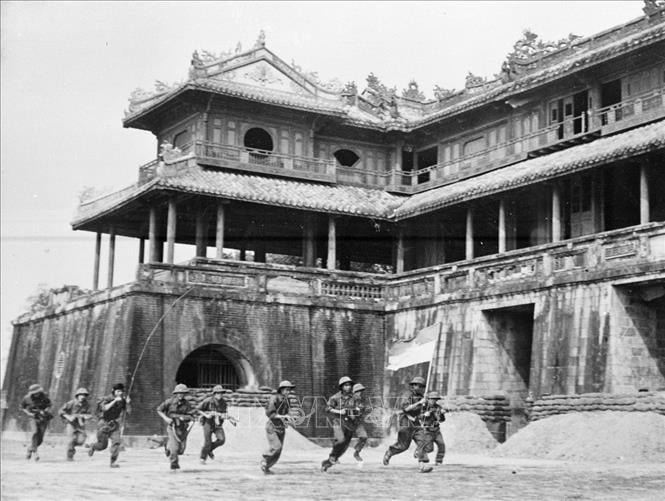
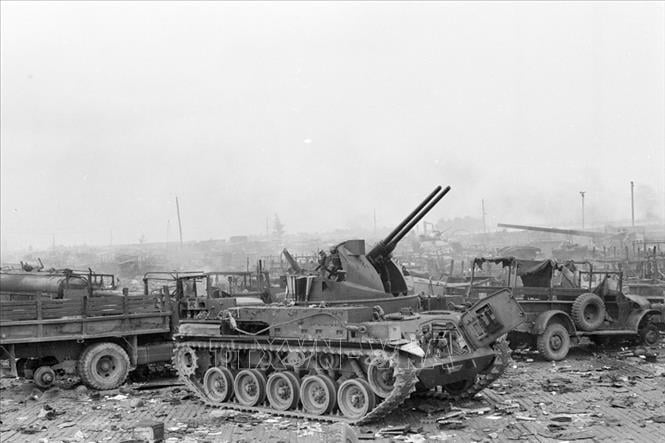
![[Photo] Ho Chi Minh City residents "stay up all night" waiting for the April 30th celebration](https://vphoto.vietnam.vn/thumb/1200x675/vietnam/resource/IMAGE/2025/4/30/560e44ae9dad47669cbc4415766deccf)
![[Photo] Hanoi is brightly decorated to celebrate the 50th anniversary of National Reunification Day](https://vphoto.vietnam.vn/thumb/1200x675/vietnam/resource/IMAGE/2025/4/29/ad75eff9e4e14ac2af4e6636843a6b53)
![[Photo] General Secretary attends special art program "Spring of Unification"](https://vphoto.vietnam.vn/thumb/1200x675/vietnam/resource/IMAGE/2025/4/29/e90c8902ae5c4958b79e26b20700a980)
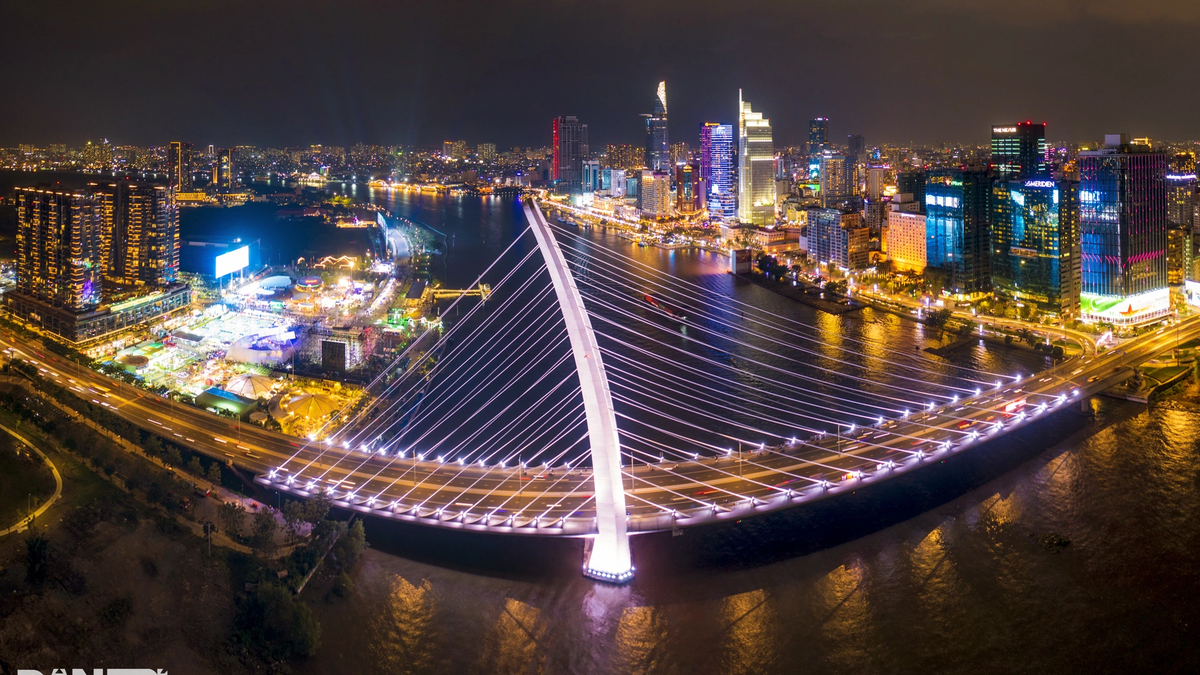
![[Photo] Nghe An: Bustling atmosphere celebrating the 50th anniversary of Southern Liberation and National Reunification Day](https://vphoto.vietnam.vn/thumb/1200x675/vietnam/resource/IMAGE/2025/4/29/64f2981da7bb4b0eb1940aa64034e6a7)
![[Photo] Ho Chi Minh City: People are willing to stay up all night to watch the parade](https://vphoto.vietnam.vn/thumb/1200x675/vietnam/resource/IMAGE/2025/4/29/cf71fdfd4d814022ac35377a7f34dfd1)

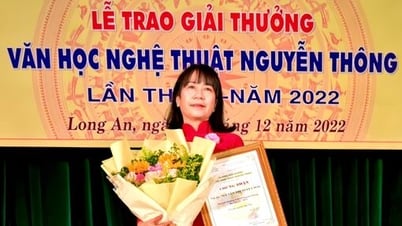

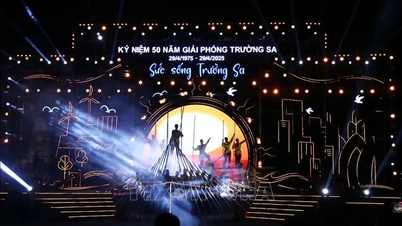

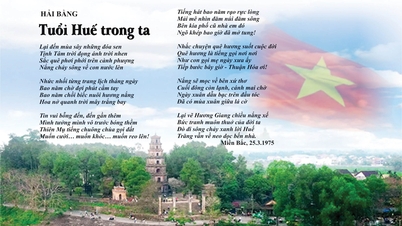




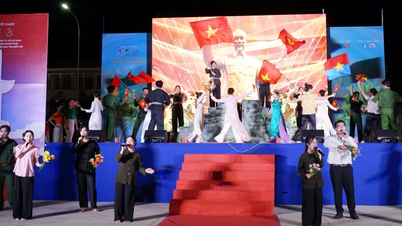


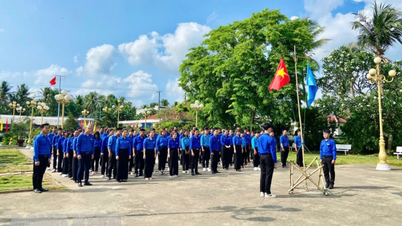
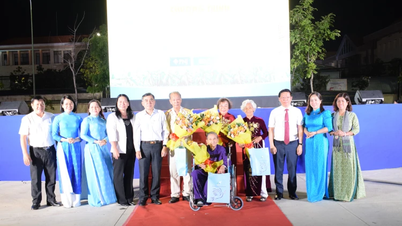
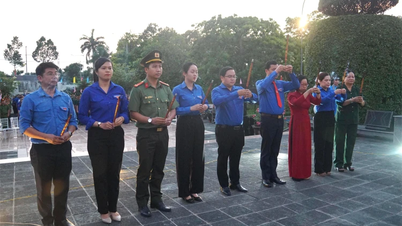
![[Photo] Prime Minister Pham Minh Chinh meets to prepare for negotiations with the United States](https://vphoto.vietnam.vn/thumb/1200x675/vietnam/resource/IMAGE/2025/4/29/76e3106b9a114f37a2905bc41df55f48)

































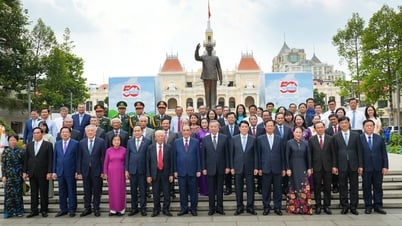












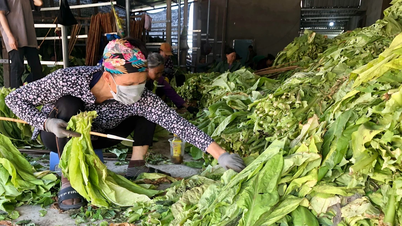

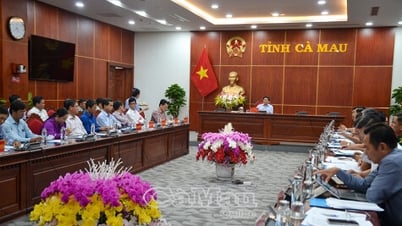

















Comment (0)